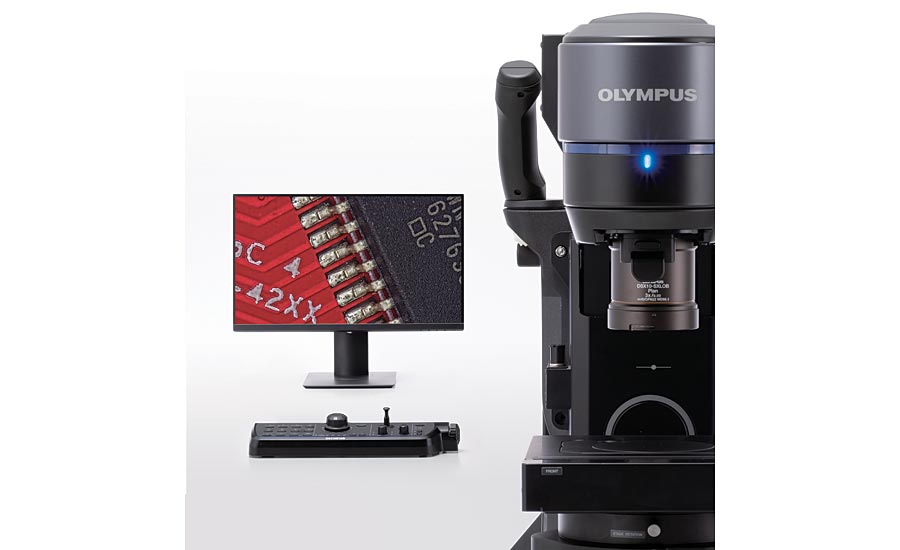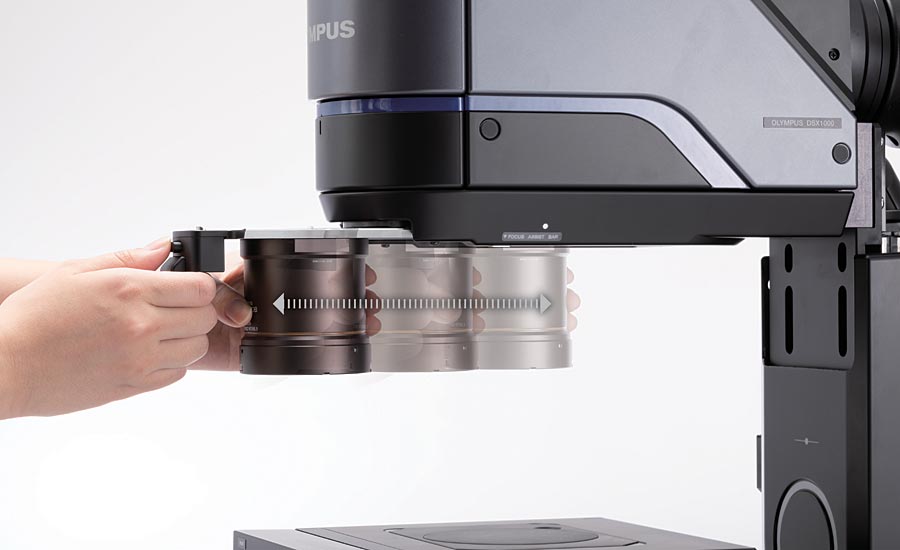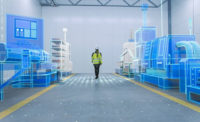If you’ve ever worked in a lab, you know an optical microscope uses an eyepiece and objective to magnify a small object. But as technology continues to advance, digital microscopes are becoming more popular.
What is a digital microscope?
Put simply, a digital microscope is a microscope that uses a digital camera instead of an eyepiece. Digital microscopes connect to a computer monitor to show the results in real time.
How does a digital microscope work?
A digital microscope uses optics and a digital camera to output captured images to a computer monitor. They range in complexity from simple handheld versions to advanced systems that offer a variety of observation methods and measurement functions.
Many digital microscopes use computer software that can perform advanced tasks. For instance, some of this software comes with features to record video, adjust images, edit video footage, analyze 3D samples, make measurements, and create reports.

Digital microscopes tend to be easier to operate than traditional optical microscopes.
What are the benefits of using a digital microscope?
A digital microscope can perform the same tasks as an optical microscope, but it comes with extra benefits. Here are six examples:
- Collaboration: Since digital microscopes show images on a screen, it’s easy to share information with colleagues.
- Comfort: Gone are the days of looking through an eyepiece for hours. Instead, you can sit in a comfortable, upright position while viewing a sample on the monitor display. This makes your working environment more ergonomic.
- Magnification: Some digital microscopes have higher magnification than many optical microscopes. The reason is, digital microscopes use the computer monitor size to determine the magnification. On the other hand, optical microscopes determine the magnification by multiplying the lens magnification by the eyepiece magnification.
- Higher quality images: Digital microscopes provide high-quality images since they can project an image directly to the camera. Other features, such as anti-halation to reduce glare, high dynamic range (HDR) for better contrast and color depth, the ability to create all-in-focus images beyond the field of view, and angled lighting options, provide more image texture than you can visualize through eyepieces and outstanding flexibility to handle a wide range of applications.
- Image storage: Images taken on a digital microscope can be saved on a computer hard drive or storage device. Users can then reference and examine the images to create thorough reports.
- Easy operation: Digital microscopes tend to be easier to operate than traditional optical microscopes. This allows you to start working quickly and easily.

A digital microscope is an efficient tool to inspect and analyze various objects from micro-fabricated parts to large electronic devices.
What is a digital microscope used for?
A digital microscope is an efficient tool to inspect and analyze various objects from micro-fabricated parts to large electronic devices. Digital microscopes are used in a wide range of industries, such as education, research, medicine, forensics, and industrial manufacturing. Here are some common applications:
- Inspecting brake pads in automobiles
- Detecting counterfeit documents in law enforcement
- Inspecting connector pins
- in manufacturing
- Inspecting semiconductor wire bonding in manufacturing
- Enhancing industrial QA/QC processes
- Quantifying the presence of defects in the automotive painting process
- Quality Counts
Keep in mind, not all digital microscopes are created equal. To get the full benefits of a digital microscope, look for a model with features that meet your specific application.
For example, some digital microscopes enable you to switch observation methods without changing lenses. This is a time-saver during automobile brake pad inspections because inspectors often try multiple observation methods to see which one works best.


